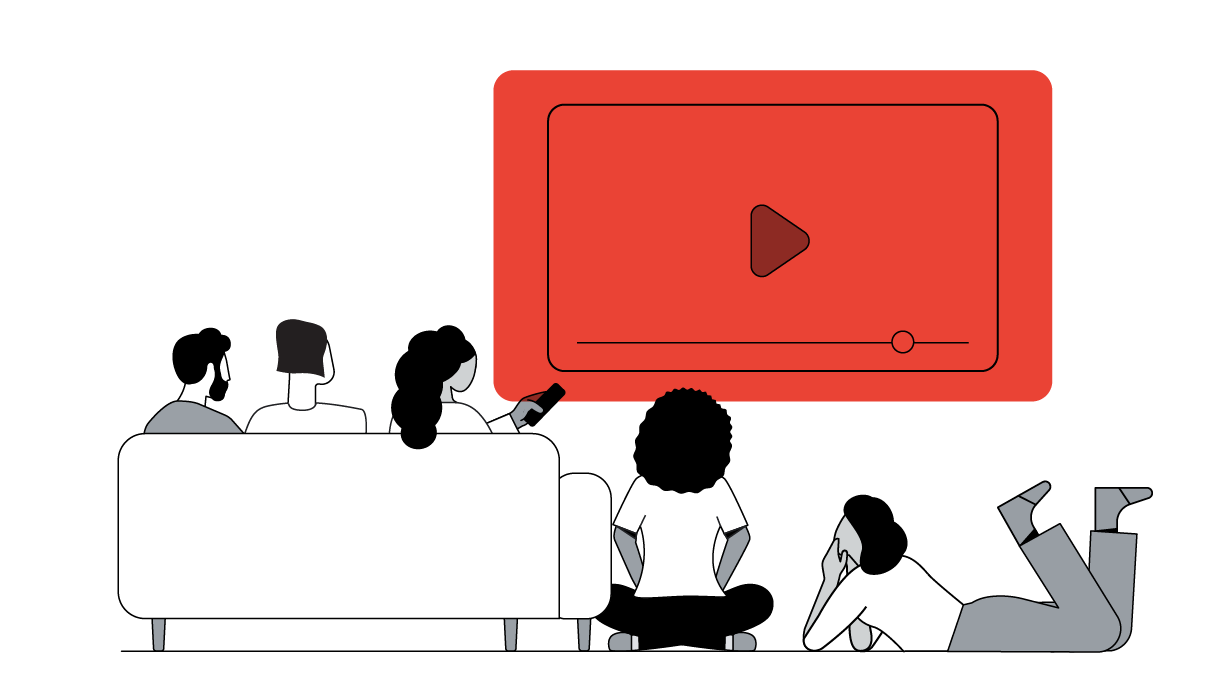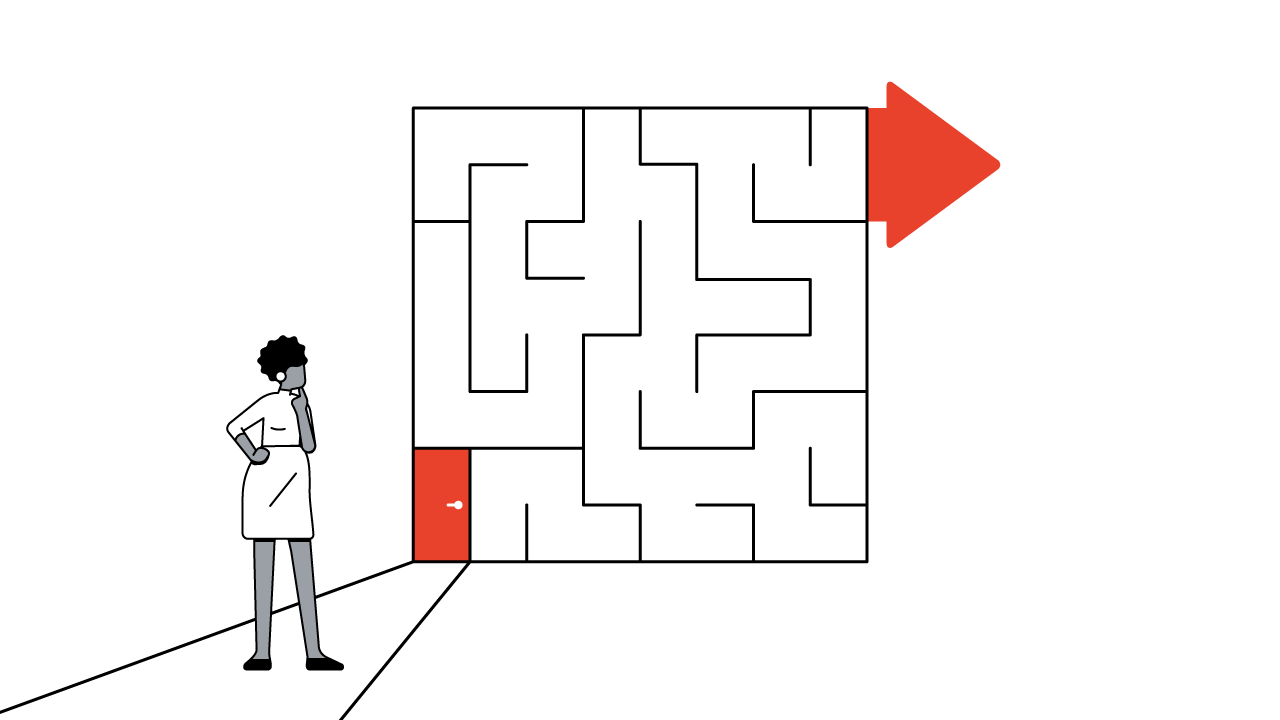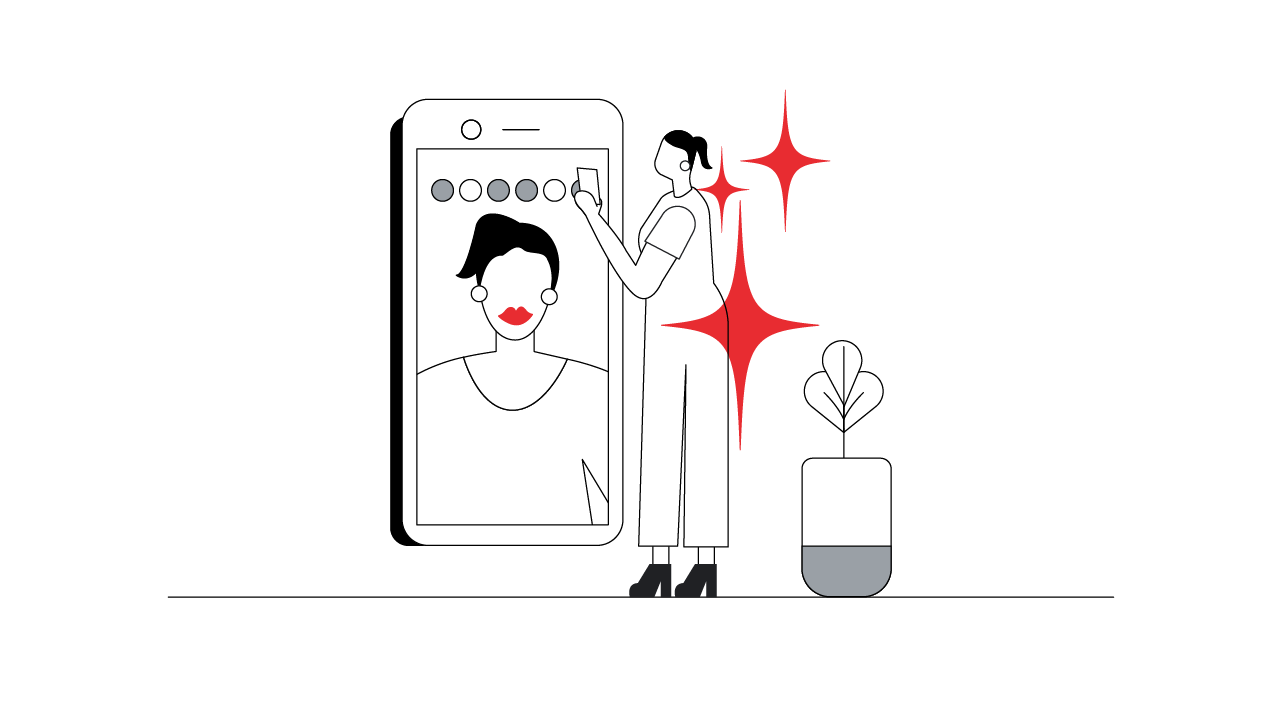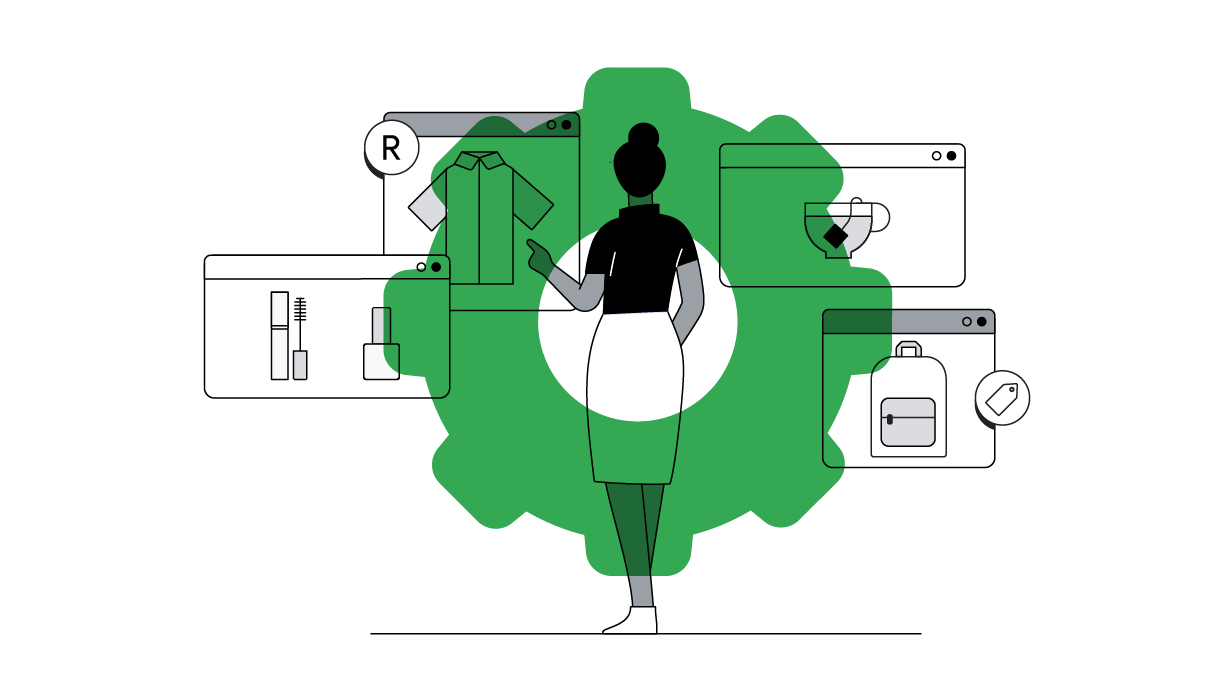
Watching TV as a shared experience used to be a thing of the past — but new research shows that co-viewing on connected TV is on the rise once more. Here’s what advertisers need to know.
Before the dawn of the internet, families would gather together to watch the latest weekly installment of their favourite TV drama. Friends would host viewing parties and film nights. Watching TV with others was often the highlight of the week and central to bringing people closer together.
Since then, a shift to watching content on mobile devices resulted in a spread of where content is published and consumed, non-linear viewing habits, and an increase in watching alone. But now, YouTube and connected TV are changing that pattern, according to new research.
The research, conducted this year by Google in partnership with Ipsos, finds that despite the rise of fragmented viewing across devices, viewers across Europe are still yearning that shared experience — and connected TVs are a conduit for bringing people together more than ever before.
Given 71% of people surveyed in Europe now say their definition of TV includes streaming services like Netflix, Amazon Prime, and YouTube,1 here are a few things brands can do to reach customers in their living rooms.
Tap into the community feel
Just as viewers are forging a deeper connection with creators through a phenomenon called “The Ikea Effect”, our latest research reveals that three quarters of people say they also achieve a deeper connection with friends and family that they're watching YouTube with.2
One Netherlands-based YouTube user even goes so far as to say watching YouTube on the big screen is the best way to connect. “It’s about being together, to connect, and to laugh,”3 he says.
Marketers looking to reach bigger audiences can turn to connected TV — as consumers seek out the feel-good factor in watching together.
More than four in five say they feel good because they are introducing others to something new — or others are introducing something to them — when they watch YouTube together.4 Another YouTube user, based in Italy, explains: “When I watch YouTube with my daughter I learn about her tastes, as she teaches me about the things she likes.”5

Explore trending genres of content
It’s important for advertisers to understand what genres of content are becoming popular on connected TVs. That way, they can reach engaged users in the right place.
For example, the watch time of YouTube travel content on connected TVs has grown 45% year-on-year,6 while the watch time of humourous content has grown more than 50% year-on-year in the U.K.7
Group activity-inspired videos are also emerging as popular, shared experiences for viewers in their living room. For instance, dance content increased 22% year-on-year in connected TV watch time.8 Marketers tapping into this increasingly popular YouTube genre can now get in on the action on the big screen.
A YouTube viewer, based in the U.K., explains: “You can actually go to YouTube and spend half of your day learning something, and feel like you’ve nurtured and developed yourself.”9
Connected TV viewers pay more attention — to the ads, too
As well as binge watching their favourite YouTube travel shows on their TVs, people seek out advice and information on their purchasing decisions on YouTube too. In fact, 57% of Europeans use YouTube for product research.
It can be challenging for brands and products to stand out in a crowded marketplace. But marketers can turn to connected TV, where 86% of viewers say they pay more attention to what they're watching while co-viewing YouTube on TV screens,10 and seven in 10 are open to watching personally relevant ads.11
Families, communities, and cultures are now watching content together they wouldn’t have accessed if they were alone. Connected TV has made the old screen in the home popular again — and marketers have the opportunity to build brand relevance and reach more people where they feel at home.







